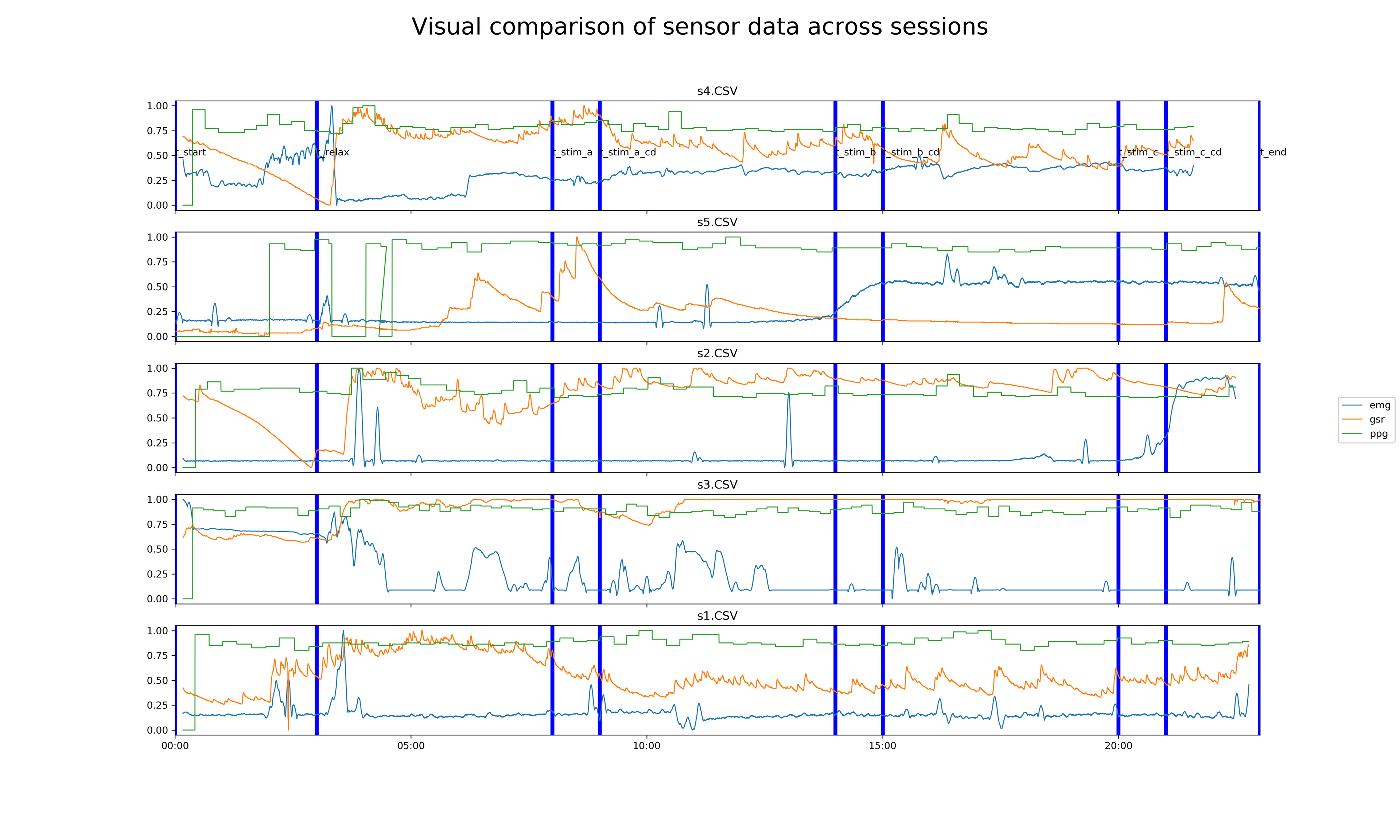
Digital media is increasingly pervasive in urban space, with urban screens becoming commonplace features of the built environment. While the world’s tech companies have sought after the measuring and leverage of affect at scale, the field of urban planning has hardly considered the various impacts of these public screens—especially their affective qualities. Additionally, there is an absence of methodologies, theoretical frameworks, and applications that define and measure affective qualities in the context of urban planning. This study evaluates the feasibility of novel methods for urban planning research, contrasting the pervasive and ubiquitous computing of big tech with the ethos of the low-cost, do-it-yourself movement sometimes associated with “maker movements” and “citizen science.” This was accomplished through a human experiment that used low-cost, self-assembled biosensor equipment in an attempt to measure the stress response of ambient screens in a controlled setting for 5 human subjects.
Cover photo by Ri Le.


